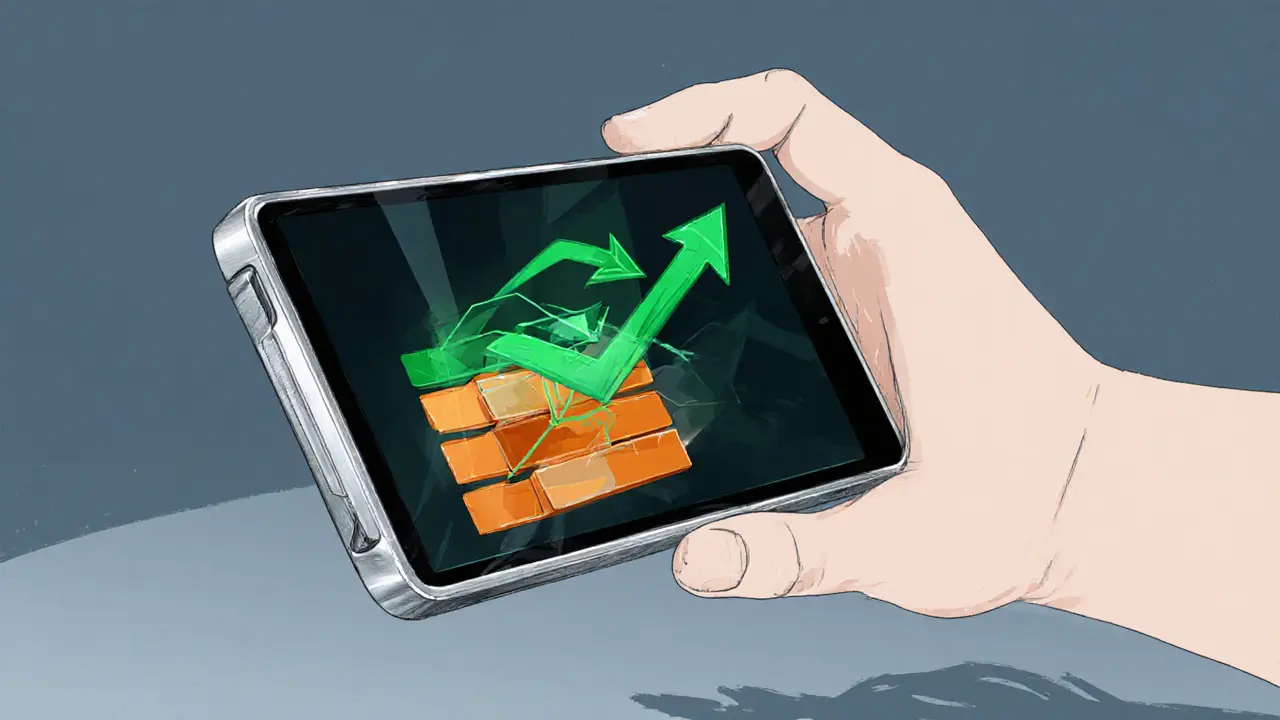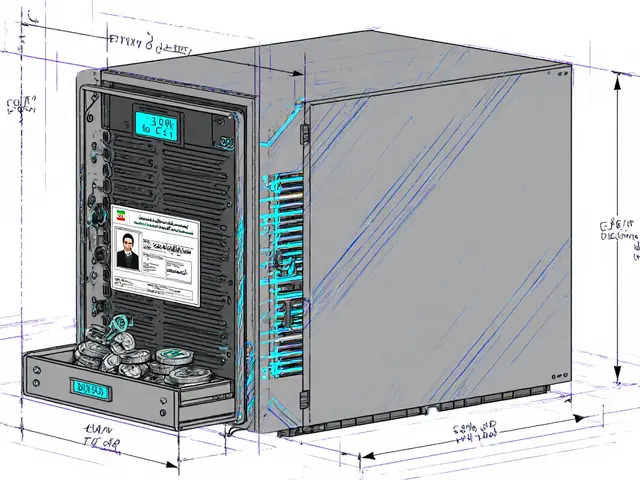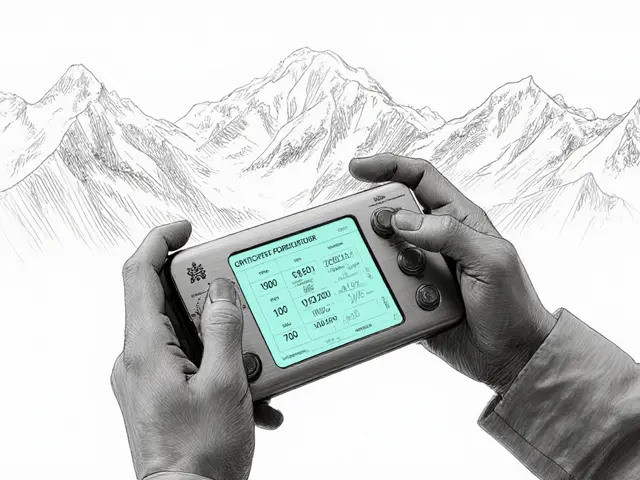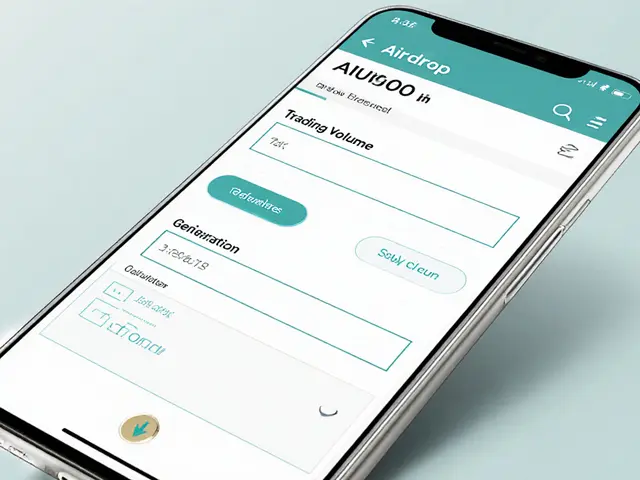Market Orders: Fast Execution, No Frills
When you place a market order, you’re telling the exchange to buy or sell right now at the best available price, you’re basically saying “do it now, I don’t care about price.” Market orders are the go‑to tool for anyone who wants instant execution, whether you’re a day trader flipping positions or a casual investor grabbing the latest dip. Compare that with a limit order, an order that only fills at a specific price or better, and a stop order, an order that becomes a market order once a trigger price is reached. Those two give you price control, but they also add waiting time. The trade‑off is simple: speed versus price certainty.
How the Order Book and Liquidity Shape Your Market Order
The order book, a real‑time list of all buy and sell orders at each price level is the stage where your market order performs. If the book is deep and balanced, the order will glide through with minimal slippage. Liquidity, the ability of a market to absorb trades without large price changes is the muscle behind that depth. A thin order book means your market order can push the price up or down as it fills, which is why professionals often check the spread and depth before hitting the button. In short, market orders depend on order‑book depth, and are affected by liquidity conditions.
Because market orders execute at the best‑available price, they inherit the current market’s volatility. If the price is swinging wildly, the fill you see on your screen might be a few cents away from the quote you started with. That phenomenon, called slippage, can turn a seemingly cheap trade into an expensive one. Another risk is that large market orders can move the market themselves, especially in low‑volume assets. Traders call this “price impact.” So while market orders give you speed, they also hand you the uncertainty of where the final price lands.
Most traders use market orders for specific scenarios: entering a position during a breakout, exiting a losing trade quickly, or capturing arbitrage opportunities that evaporate in seconds. In contrast, limit orders shine when you’re comfortable waiting for a target price, such as buying a dip at $0.95 instead of $1.00. Stop orders combine the two ideas— you set a trigger, and once it hits, the engine flips to a market order to protect you from further loss. Knowing when to favor speed (market) over price control (limit/stop) is a core part of risk management.
Best‑practice tips for market orders are straightforward. First, glance at the spread; a tight spread usually means lower slippage. Second, skim the order‑book depth; if the top levels hold only a few hundred units, consider breaking a large trade into smaller chunks. Third, avoid market orders during news spikes or low‑volume periods unless you really need instant execution. Finally, keep an eye on your trade size relative to daily volume—a good rule of thumb is to stay below 1‑2% of the average daily traded amount to keep impact low.
Understanding the interplay between market orders, limit orders, stop orders, the order book, and liquidity equips you to choose the right tool for each trade. Below you’ll find a curated set of articles that dive deeper into how these concepts work in real‑world crypto and stock markets, from airdrop strategies to exchange reviews and tax tips. Explore the collection to sharpen your execution tactics and stay ahead of market moves.
Market Orders vs Limit Orders: How They Work in Order Books
Learn the key differences between market orders and limit orders, how they work inside an order book, and when to choose each for optimal trade execution.
View More




